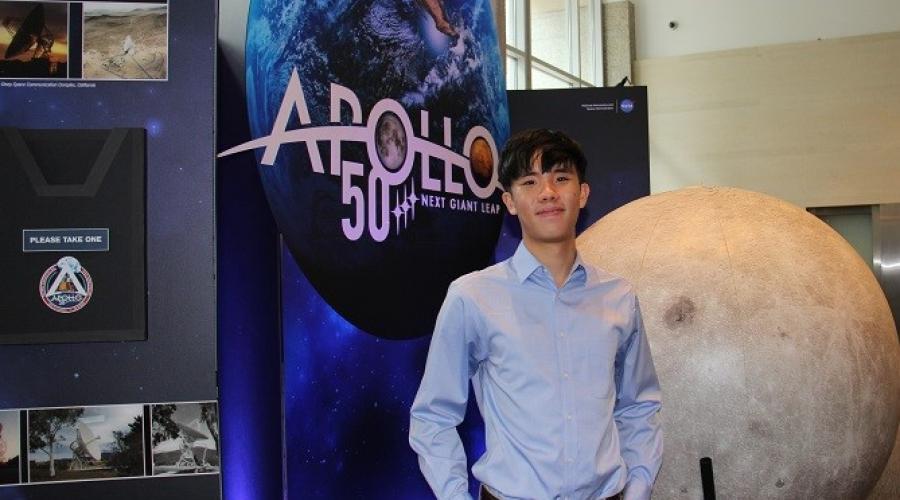How to communicate your science
Why does it matter? Why is this relevant? Who will this impact?
These are the types of questions science fair competitors should be able to answer and communicate. JulieAnn Villa, a science teacher at Niles West High School in Skokie Illinois, offered this type of advice to science teachers, judges, mentors, and Intel ISEF 2017 finalists during a symposia session on how to help students best communicate their science.
Students and those involved in science fair or science research should be able to explain why it is relevant. “Students have to get at the why,” JulieAnn said.
They should also be wary of using jargon, and not hide behind these terms. That can keep people from understanding their project and research. Jargon creates a barrier between the public’s understand of their ideas.
Knowing your audience is important, she explained. “Making ideas accessible isn’t the same as dumbing it down,” she said. “You can communicate your science without compromising ideas.”
JulieAnn also described the power of the story. “If there’s one thing you continue to come back to in a presentation, in research, the audience will focus and follow it,” she said. “Is there a family or personal connection?” For instance, one of her students is vision impaired and researches vision, so she explains this in judging and during science presentations.
She suggests using examples, stories, analogies as ways to engage judges, mentors, and the public in their projects.
JulieAnn tries to create a community where her students provide feedback and criticism to each other. They ask each other questions on their projects and presentations, they pretend to be younger siblings who may have more limited attention spans.
“The number one skill kids tell us they get in science fair is resilience,” JulieAnn said. “It’s really why they love science and go on to do it.”


